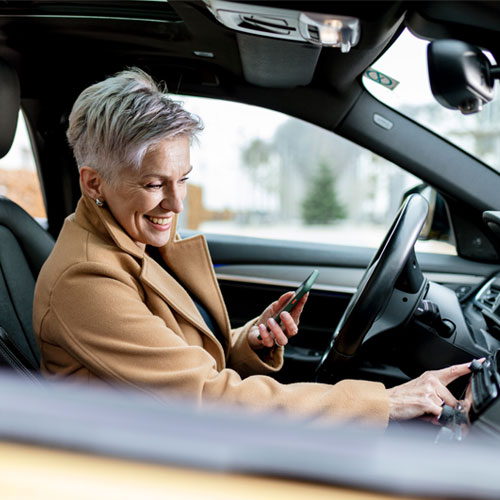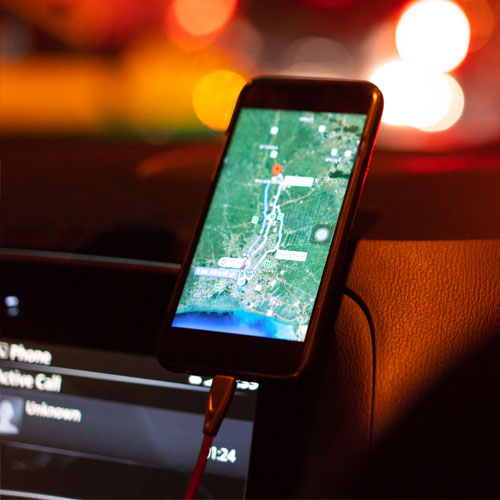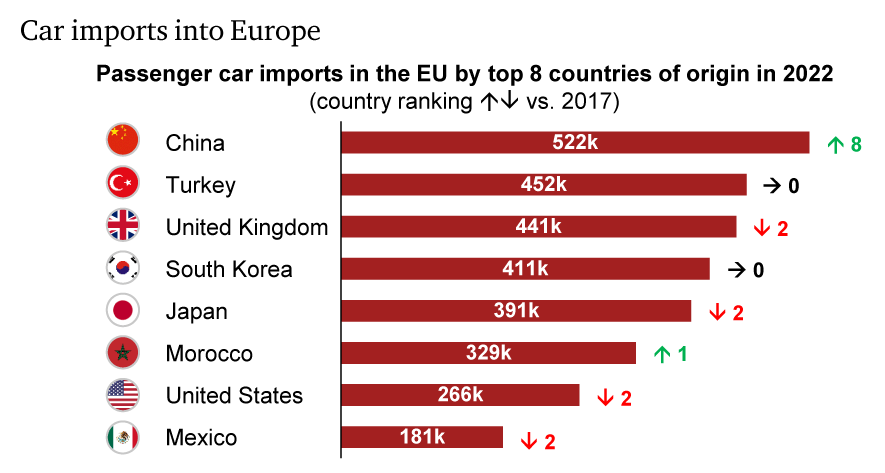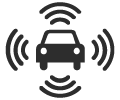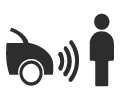Battery ID and related services

Digital ID for batteries containing data about performance and manufacturing history, increasing transparency across the battery value chain.
Smart charging equipment

Smart charging hardware equipment to optimize the charging process and interact with the electric grid, user preferences, and other external factors.
Charge point access software

Software platforms and mobile apps that facilitate the interaction between EV owners and the charging infrastructure.
Charge point management software

Software platforms designed to manage, operate and optimize charging networks, as well as enhancing the efficiency of charging services.
